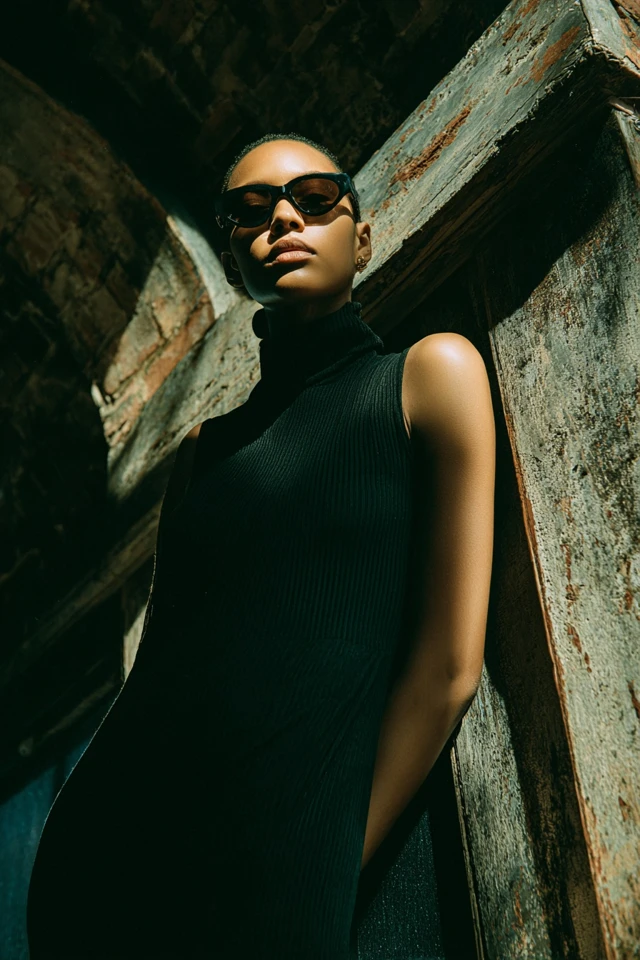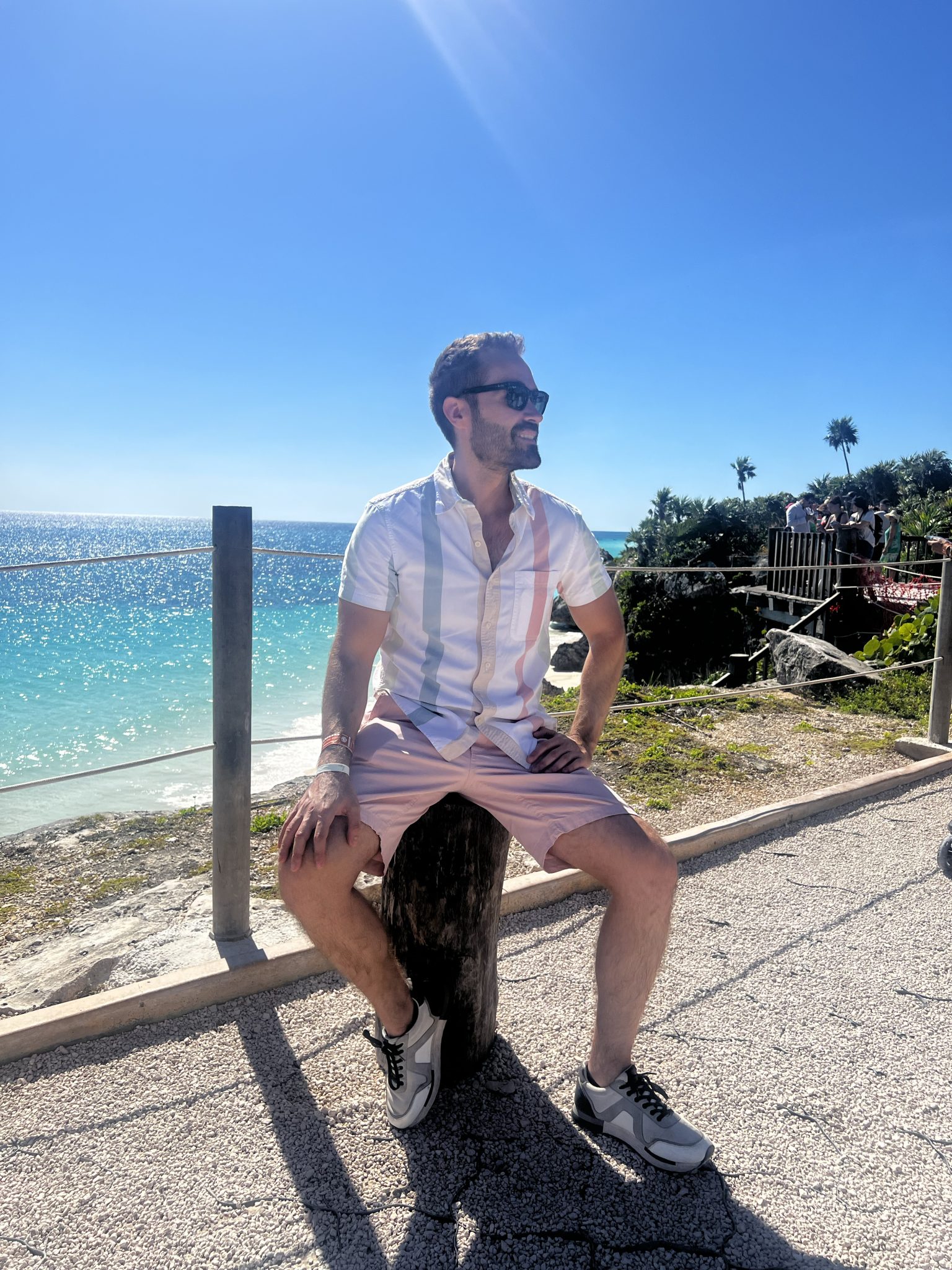Introduction
I remember the first moment I truly embraced Minimalist Dark Academia fashion—a chilly autumn afternoon, the kind where the golden light slips softly through towering library windows. Wrapped in a tailored charcoal blazer and crisp white blouse, I felt an immediate shift—not just in how others perceived me, but in my own confidence. This wasn’t merely about clothing; it was an embodiment of intellect, mystery, and understated elegance. The fusion of classic academia with minimalist principles offered a fresh, intentional way to dress that resonated deeply with my personal and professional identity.
Minimalist Dark Academia fashion extends beyond apparel choices—it’s a deliberate dialect of style deeply anchored in color psychology, history, and cultural symbolism. For those of us drawn to thoughtful dressing and cultivating a distinct presence, understanding these nuances transforms fashion from a daily task to an empowering ritual. This approach supports not only dressing to impress others but also nurturing self-perception and inner confidence.
About the Author and My Trend Boutique
As a professional immersed in fashion design and color psychology, I’ve witnessed how integrating these philosophies elevates both clothing and confidence. In this comprehensive guide, I invite you to explore the foundational concepts, emotional impact, current trends, and practical tips to master Minimalist Dark Academia. Whether you seek a subtle wardrobe refresh or a full style transformation, here lies a resource crafted to inspire intentional, elegant self-expression.
Foundational Concepts
At the core of Minimalist Dark Academia lies a blend of intellectualism and simplicity. But to truly grasp its essence, we must first unpack key ideas: color psychology, trend forecasting, and the art of dressing to impress.
Color psychology explores how colors influence emotion and behavior. Dark Academia uses a muted, earthy palette—deep browns, charcoal grays, forest greens—that evoke feelings of sophistication and academic heritage. Studies show that certain colors elicit instinctual responses: dark tones convey authority and seriousness, while warm neutrals suggest comfort and timelessness. I recall advising a client who felt overwhelmed in vibrant hues; shifting to a deep oxblood blazer not only pleased her aesthetic but visibly boosted her workplace presence.
Trend forecasting involves predicting how socio-cultural dynamics shape future fashion tastes. Minimalism, popular for its simplicity and sustainability ethos, aligns seamlessly with Dark Academia’s classic motifs. This synergy creates a sustainable wardrobe choice, balancing relevance with longevity. Trend forecasters note rising interest in vintage academia for its nostalgic appeal and intellectual symbolism, particularly among younger professionals seeking meaningful style.
Dressing to impress is more than aesthetic—it’s strategic self-presentation. It entails selecting garments that enhance one’s best features, respect context, and communicate professionalism or creativity as needed. For a professor giving a lecture or a writer attending a book launch, the minimalist Dark Academia look fosters an impression of cultivated intellect and authenticity, key to both personal branding and social influence.
Picture Gallery
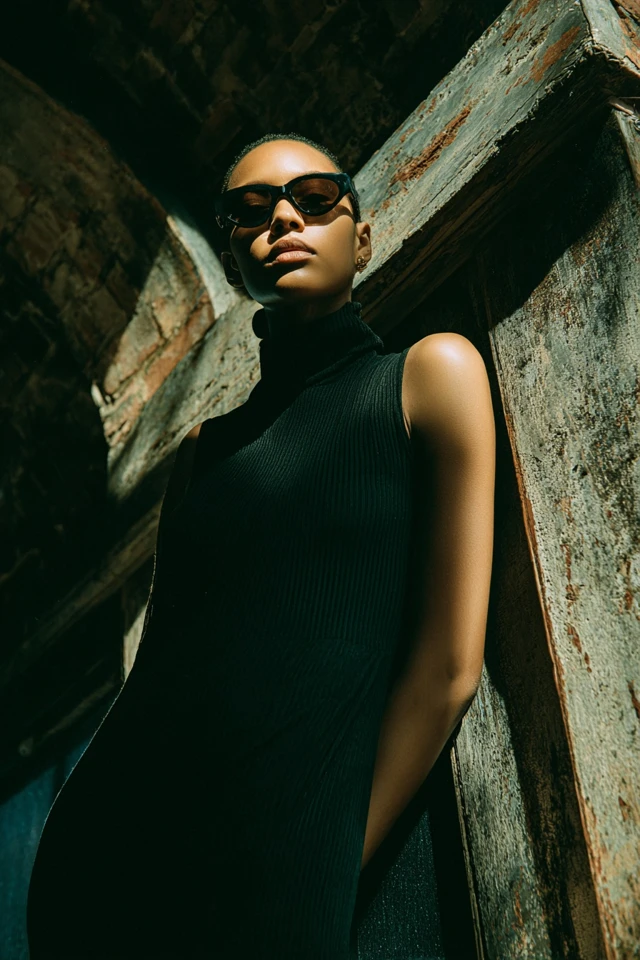
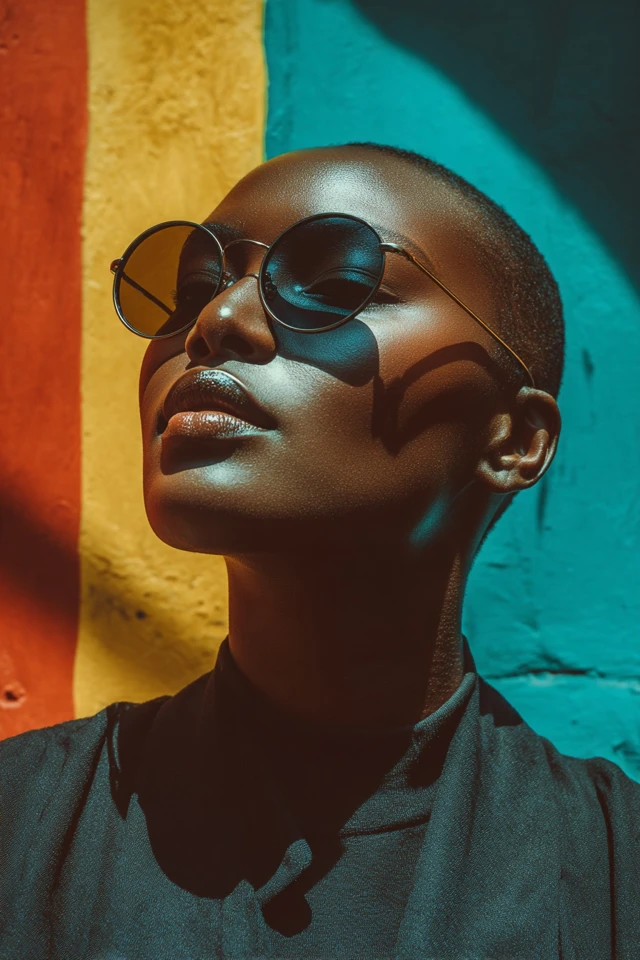
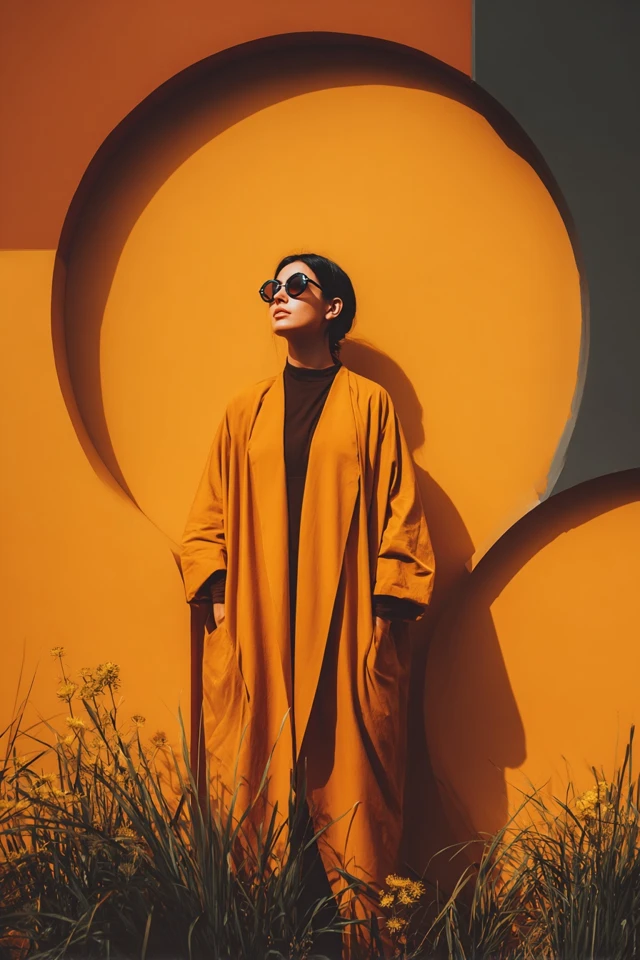
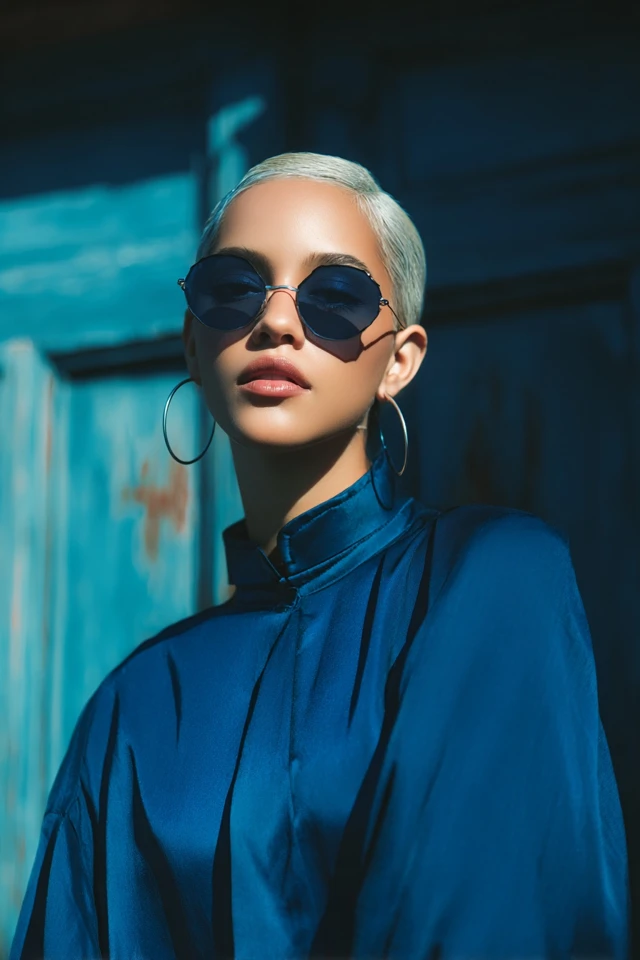
Color Psychology & Emotional Impact
Color wields profound power over mood and perception, a concept that plays a pivotal role in Minimalist Dark Academia fashion. Incorporating dark, subdued shades conjures an aura of mystery and depth, aligning with the intellectual and contemplative spirit of the subculture.
Research from color psychology reveals that darker hues like charcoal, navy, and forest green promote feelings of trust, competence, and calmness—qualities integral when dressing to impress in scholarly or professional environments. These colors shape first impressions, signaling seriousness, reliability, and refined taste.
When worn thoughtfully, such palettes can elevate self-confidence by harmonizing external appearance with internal state. For example, choosing a deep plum sweater during a brainstorming session can foster cognitive focus and a sense of grounded creativity. Incorporating tactile fabrics like soft wool or brushed cotton enhances sensory comfort further boosting mood and poise.
Beyond personal experience, consider the role these colors play in public settings: a dark tailored coat draws the eye not through brightness but through subtle command of space. Accessories in muted gold or bronze add warmth without overpowering simplicity, completing a look that is intellectually resonant and emotionally balanced.
Personal Style & Body Type Considerations
Minimalist Dark Academia, while rooted in a defined aesthetic, allows for personalized adaptation based on body type and complexion. The goal is to craft silhouettes and hues that empower rather than restrict—enhancing natural features while adhering to the timeless, understated ethos.
- Hourglass Figures: Emphasize tailored, cinched waists using structured blazers or belted coats. High-waisted trousers in muted tweeds create a flattering elongation.
- Rectangle or Athletic Builds: Introduce subtle layering with vests and soft draped scarves to add dimension. Lightweight knits in deep hues break linearity without losing minimalism.
- Apple Shapes: Choose longer tunic-style shirts or cardigans that flow over the midsection, combined with straight-leg trousers in dark tones to balance proportions.
- Petite Frames: Opt for cropped trousers, fitted wool sweaters, and smaller-scale prints or textures in an all-monochrome palette to avoid visual fragmentation.
Complexion also guides the selection of shades within the Dark Academia palette:
- Cool Undertones: Lean into charcoal, deep navy, and rich plum; avoid overly warm browns which can clash.
- Warm Undertones: Opt for earthy greens, chestnut browns, and muted mustard accents to harmonize with skin tones.
- Neutral Undertones: Almost all shades work well, allowing for experimentation within the muted spectrum.
A Style Alignment Checklist
- Do you feel comfortable and confident in the silhouette you choose?
- Are the colors enhancing your natural complexion?
- Does your fabric selection evoke a tactile, vintage feel?
- Is your outfit cohesive from head to toe without overwhelming your frame?
- Have you incorporated versatile layering pieces that suit your daily routine?
Answering these questions honestly steers your wardrobe towards functional elegance and mindful self-expression.
Current Trends & Timeless Classics
While Minimalist Dark Academia is inherently timeless, key trends surface each season providing fresh interpretations. Currently, the fashion scene embraces a more sustainable approach with vintage and upcycled fabrics gaining traction. Soft knits in oatmeal and taupe are blending with signature dark hues for a muted, inviting pallette. Tailored blazers are oversized rather than sharply fitted, nodding to modern comfort without sacrificing structure.
Accessories such as slender leather satchels and tortoiseshell glasses have reclaimed prominence, perfect complements to the scholarly vibe. Footwear trends lean toward classic loafers, Chelsea boots, and minimal oxfords in matte finishes.
To maintain balance, evergreen pieces like crisp button-downs, wool trousers, and trench coats remain foundational. Mixing current muted pastel scarves or subtle pinstripes into these classics creates wardrobe longevity and visual interest. Layering pieces like cable-knit sweaters or classic cardigans in neutral shades uphold the aesthetic’s intellectual warmth.
Practical Tips & Recommendations
Shopping Advice: Prioritize quality over quantity by sourcing natural fibers like wool, cotton, and linen that age gracefully. Visit thrift stores and vintage boutiques to find unique heritage pieces with minimal environmental impact.
Wardrobe Maintenance: Use gentle, fabric-appropriate detergents and avoid over-washing to preserve color intensity and fabric integrity. Store wool and cotton items folded in breathable bags to avoid moth damage and maintain shape.
Layering: Master the art of layering with base pieces such as turtlenecks beneath blazers, or collared shirts peeking from under chunky sweaters. This creates depth without clutter.
Accessories: Incorporate minimalist jewelry—such as thin gold rings or vintage watches—and opt for silk scarves or leather belts in coordinating dark neutrals to elevate subtle details.
Color Combos to Try:
- Charcoal gray blazer with cream turtleneck and forest green trousers
- Deep burgundy cardigan layered over a crisp white shirt with brown plaid skirt
- Muted olive coat paired with black tailored pants and oxford shoes
- Soft mocha sweater with camel-colored wool trousers and tortoiseshell frames
These combinations embody both minimalist restraint and Dark Academia richness—a sophisticated synergy that invites confidence and curiosity.
FAQs
- Q: What is the signature color of Minimalist Dark Academia?
- A: While charcoal gray and deep browns commonly define this style, muted forest greens and dusty plums also serve as signature colors that evoke intellectual depth and timelessness.
- Q: How can I update my Dark Academia wardrobe on a budget?
- A: Focus on thrift and vintage stores for quality staple pieces. Invest in versatile basics like wool blazers, neutral sweaters, and button-down shirts, then mix in affordable accessories to refresh looks seasonally.
- Q: Is Minimalist Dark Academia suitable year-round?
- A: Yes, layering is key. Lightweight wool or cotton pieces can be adjusted with scarves or outerwear to accommodate seasonal changes while maintaining the aesthetic.
- Q: How do I build a capsule wardrobe based on Dark Academia?
- A: Start with core items: tailored trousers, button-ups, blazers, monochrome knits, and classic outerwear. Select a cohesive color palette and diversify textures to keep the collection functional yet elegant.
- Q: Can I incorporate bright colors into Dark Academia style?
- A: Minimal bright accents like muted gold accessories or subtle burgundy details can complement the palette, but the overall look thrives on restrained, earthy tones to maintain its scholarly, minimalist vibe.
Conclusion
Minimalist Dark Academia fashion offers more than just a way to dress—it taps into the profound relationship between color, emotion, and self-presentation. By understanding its foundational principles, emotional impacts, and practical styling strategies, you can build a wardrobe that communicates intellect, refinement, and confidence with every outfit. Remember, fashion is a personal journey that thrives on experimentation and authenticity. Whether you begin with a simple charcoal blazer or layer intricate textures for depth, embrace the process as an expression of your unique identity.
I warmly invite you to share your thoughts, styling experiences, and questions in the comments below. Together, let’s nurture a community passionate about intentional style and thoughtful dressing to impress. Don’t forget to subscribe for more insights blending fashion, psychology, and timeless trends—creating wardrobes that inspire self-love and bold sophistication.

